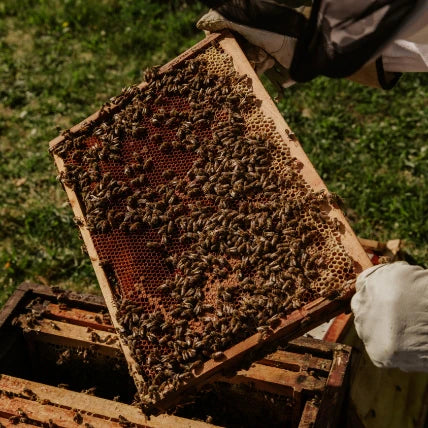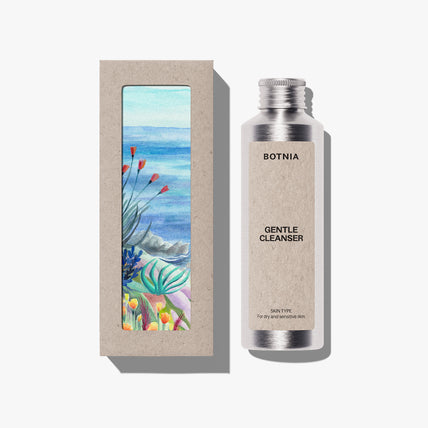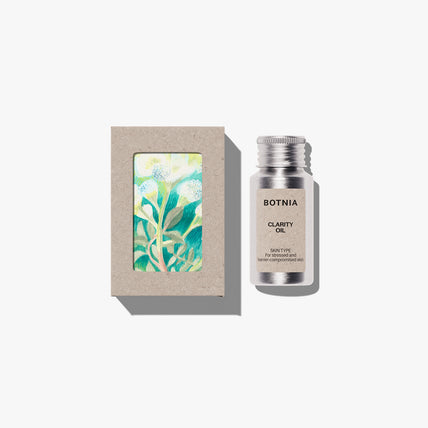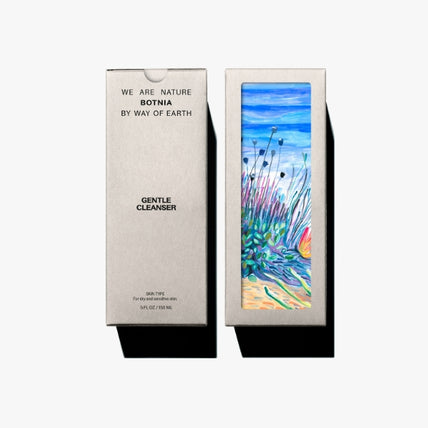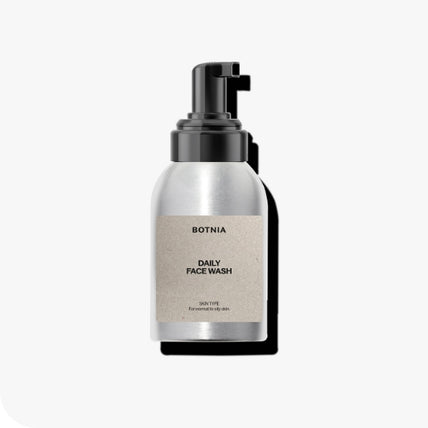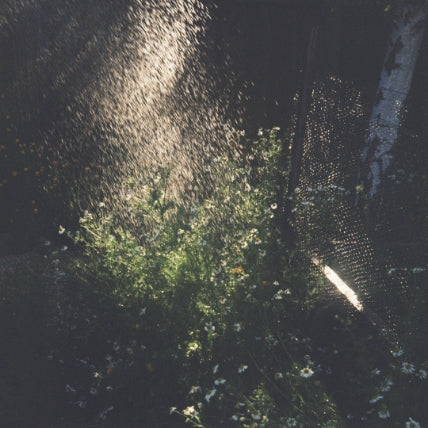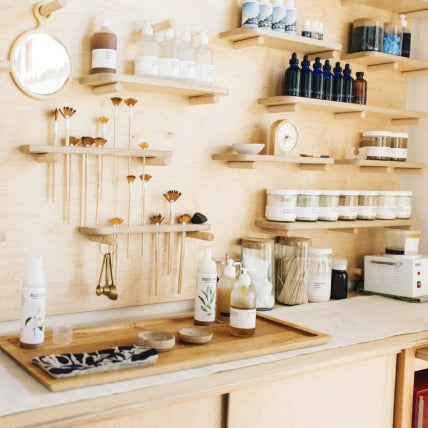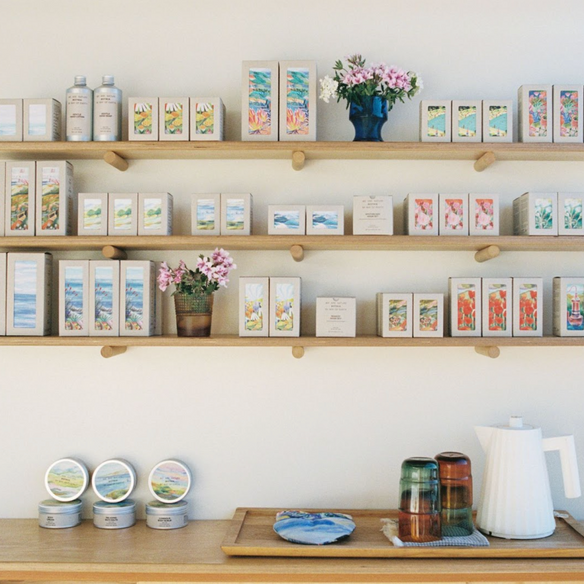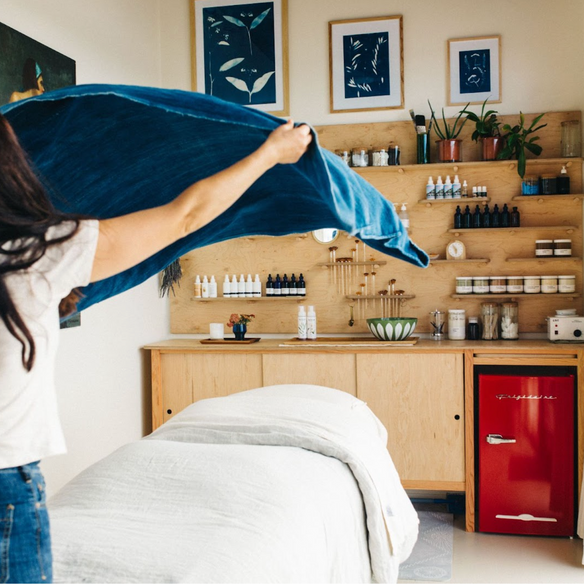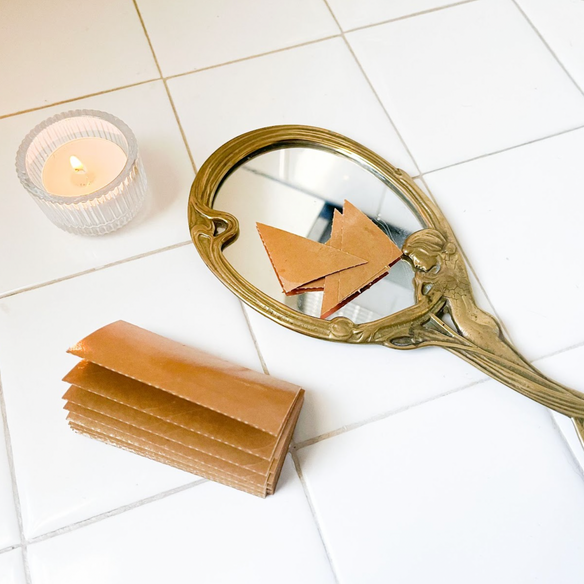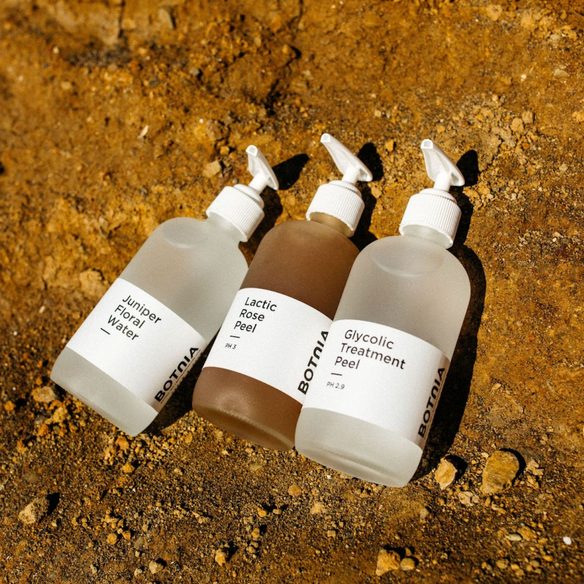
Our holistic esthetician’s thoughts on pimple patches - should you use them?
When it comes to getting pimples, we know it can feel debilitating, like you want to hide from the world. Especially if the pimples are on your face. Throughout the phases of our lives, acne can show up at different times for everyone. It’s one of the most common skin conditions we see in the treatment room and it’s a normal part of how our skin expresses itself.
As a society that loves quick fixes, we’ve seen all the ways people have dealt with pimples: using ingredients from the kitchen pantry, or hacks like spot treating with toothpaste, simply covering them up with makeup, and these days, even wearing masks to avoid letting others see their skin.One of the most unique advancements in the beauty industry are pimple patches that act like band-aids with ingredients that potentially help to bring down pimples while wearing them. You can find patches that are simple and clear and help to hide pimples, or even ones in cute shapes and colors! We find the ones with designs are a way to promote pimple positivity in the world, showing that pimples are normal and a part of everyday life.
If you’re wondering if pimple patches are right for you, read on to see our thoughts about them and who they might be good for!
What’s in a pimple patch?
Pimple patches you see on the market are stickers (typically transparent) that keep moisture in but allow air in and contain either hydrocolloid or salicylic acid to help promote the reduction of pimples. Traditionally used in the medical field in practice for acute and chronic injuries (1). They help to protect the area from external environmental factors that can exacerbate infections and slow down healing.
If you’ve seen any of the reviews and videos on social media, you’ve likely seen the white spots that form over time once you apply the patch. We’ve tested these ourselves and found that while it looks like it’s sucking out the contents and discharge of the pimple itself, what’s actually happening is that the hydrocolloid forms a gel when it pulls moisture from the skin, causing the color of the gel to change. The patches prevent oil production in the skin which allows the pimple to heal.
When to use a pimple patch
What we do like about these patches is the confidence it can give someone when they feel like a zit isn’t the focal point of their skin. And it helps to avoid picking or scratching of the skin which can make pimples worse or scar in the long run. Depending on the type of pimple, there’s a time and a place for a patch and there can be times when it’s not useful.
If your barrier is generally good and you get an occasional zit, using a pimple patch can be helpful to avoid touching the area and allowing the pimple to move through its phases until it’s ready to come out. Whiteheads are best recommended to use with pimple patches. If you tend to touch or pick at your blemishes, using the patches sparingly can be beneficial as picking can cause worsening of scarring if not left alone.
If you’re traveling or have a big event to attend, pimple patches are also a great way to “set it and forget it” and go about your day.
If your barrier is compromised, using an occlusive bandage over something that is trying to come out of your body might hinder the healing process of the blemish. Sometimes, it’s just better to leave it alone and allow the pimple to move through its phases. Blackheads and cystic acne aren’t great candidates for use with pimple patches. Patches also don’t prevent breakouts from happening.
What to use instead
If you can avoid touching your blemishes, we have a few Botnia products that can naturally aid with pimples.
For single blemishes, using a spot treatment of our Sulfur Mask in combination with Clarity Oil or Essential Enzymes can be helpful to reduce the appearance of pimples. The sulfur compound in our powdered mask helps to keep the area germ-free, making it a useful ingredient for zits and avoid them spreading to other areas of your skin. Mix a small amount of Sulfur Mask in a bowl or in your hand and a small amount of your favorite base and apply with clean hands to the affected areas. If you plan on leaving the spot treatment overnight, substitute the Essential Enzymes for Soothing Repair Mask instead or use the Clarity Oil and rinse clean with your favorite cleanser in the morning. Use as often as needed.
For treating the entire skin on the face, mix equal parts of Sulfur Mask with Clarity Oil or Essential Enzymes until it reaches a pancake-batter like consistency. Apply a thin layer all over your skin, leave on for 7 to 10 minutes (no longer than 15 minutes and don’t let it dry on the skin!), and rinse clean with your favorite cleanser. Follow up with a toner or our Rose Geranium Hydrosol and the Clarity Oil or your favorite moisturizer. We don’t recommend leaving the mask on the entire face overnight. Use this treatment up to two times a week or check in with your holistic esthetician for their specific recommendations.
We love to encourage using anything that might help the long term health of your skin. If pimple patches encourage you to keep your hands off your face and away from your blemishes, you can reduce the amount of time it takes for a pimple to disappear from your skin.
If you have any questions, reach out to us anytime (botniaskincare@gmail.com), or submit your skin journey and our master estheticians can make their best recommendations for your unique skin.
Xo,
Botnia
Resources:
(1) Edwards, J. V., & Goheen, S. (2011). New developments in functional medical textiles and their mechanism of action. In Elsevier eBooks (pp. 293–319). https://doi.org/10.1533/9780857092878.291
